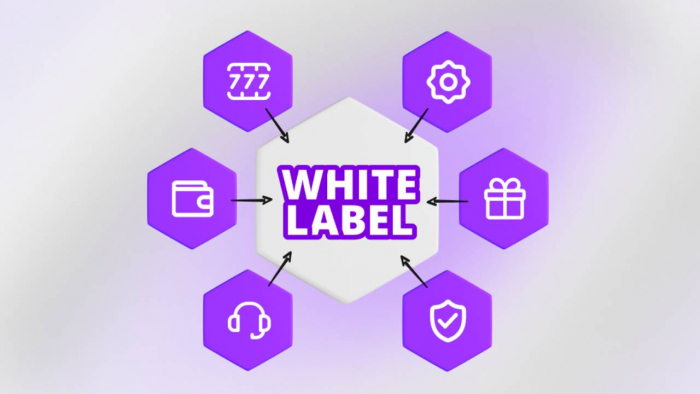Most AI systems today are trained on text — not behavior. They’re fluent in grammar, fine with facts, and can even string together a witty one-liner. But ask them to understand why someone typed “best wireless headphones for Zoom calls” at 2:13 a.m., and you’ll get a generic answer, not insight.
That’s because truly human-level understanding requires more than information. It requires context. Curiosity. Patterns. Intent. And guess where all of that lives? In search.
Google Search Daata Is a Goldmine for Training Intent-Aware AI
Search engines don’t lie. People type exactly what’s on their minds — no filters, no focus-group bias, no carefully crafted phrasing. Google’s SERPs are full of raw, real-time evidence of what people want, need, or are just curious about in the moment.
And that makes it perfect training data for building AI systems that actually understand human behavior. With access to a Google scraper api, AI teams can pull queries, featured snippets, ‘’People Also Ask’’ results, and even autocomplete suggestions — all of which reflect how people phrase questions and explore topics in real time. It’s like giving your model front-row access to the world’s most honest conversation stream.

Training Chatbots on Real User Questions
It’s one thing to teach a chatbot what the answer is. It’s another to teach it how the question is actually asked. That’s where search data comes in. People don’t always speak in polished language. They fumble. They rephrase. They get oddly specific or comically vague. That unpredictability is the challenge — and the opportunity.
Here’s why real search queries are a better training resource than scripted Q&A:
- They reflect natural phrasing, including slang, typos, abbreviations, and cultural references — just like your users.
- They reveal intent, not just topics — whether someone’s looking to buy, learn, compare, or troubleshoot.
- They show question variation, like how five people can ask the same thing in five different ways.
- They highlight confusion points — places where users need clarification or reassurance, not just answers.
- They provide scale, letting you train across thousands of scenarios and contexts, not just a curated few.
Predict What People Want to Discover Next
Search journeys aren’t just single moments. They’re a sequence — an evolving thought process made visible through queries and clicks. Clever AI doesn’t just respond — it reads the room. When it starts predicting what a user might ask next, not just replying to what’s in front of it, you’ve moved from reactive to truly intuitive.
Understand Intent Flow Through SERPs
A query like “best hiking boots for snow” followed by “waterproof boot spray” tells you a lot more than two separate data points. It reveals progression. Context. People’s needs evolving in real time.
Use “People Also Ask” to Build User Journeys
This section of Google’s results is basically a pre-mapped curiosity tree. It shows where people go next, what they need clarified, and how deep they want to dive into a topic.
Learn from Autocomplete Patterns
Autocomplete suggestions expose what people are about to ask — before they even hit enter. That’s powerful predictive data for recommendation engines or content planning.
Monitor Result Types to Guess User Expectation
Are most results blog posts, videos, product pages, or forums? Google’s formatting hints at what users want to see, not just what they want to know.
Market Signals Hidden in Search Trends
Google search isn’t just about user intent — it’s about collective behavior. And within those patterns lie powerful market signals.
- Emerging trends – If certain keywords are spiking across categories or geographies, there’s usually a reason. AI can pick up on these early signals long before they hit mainstream.
- Shifting demand – When searchers start typing things like “X vs Y” or “budget alternative to X,” it’s a sign the market’s rethinking its loyalties — or watching its wallet a little closer.
- Opportunity gaps – If people are Googling and landing on weak, outdated, or irrelevant results, that’s your cue. There’s a question waiting for a better answer — and you could be the one to provide it.
Use Cases Across Industries
Customer Support
AI-powered assistants trained on search data can preempt confusion. If you know what users commonly Google before reaching out, you can create proactive support flows — or even auto-suggest help content before they type a word.
Content Marketing
Instead of brainstorming in a vacuum, teams can use search data to build around what people already want to know. It’s the difference between writing a blog post and creating a magnet for organic traffic.
Business Intelligence
From keyword volume shifts to trending competitor mentions, search data provides a live snapshot of what markets care about right now — not what they said in a survey six months ago.

If You Want to Understand People, Start with Their Searches
Want your AI to be more helpful? More human? More relevant? Then stop feeding it canned datasets and synthetic prompts. Start training it on the raw, imperfect, and wonderfully human trail of data people leave behind when they search. That’s where intent lives. That’s where behavior shows up. And that’s where smarter AI begins.
Post Comment
Be the first to post comment!





